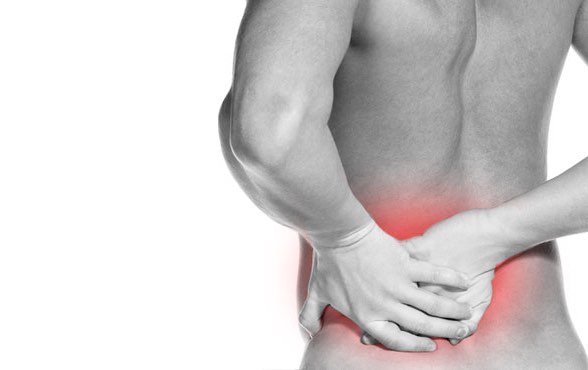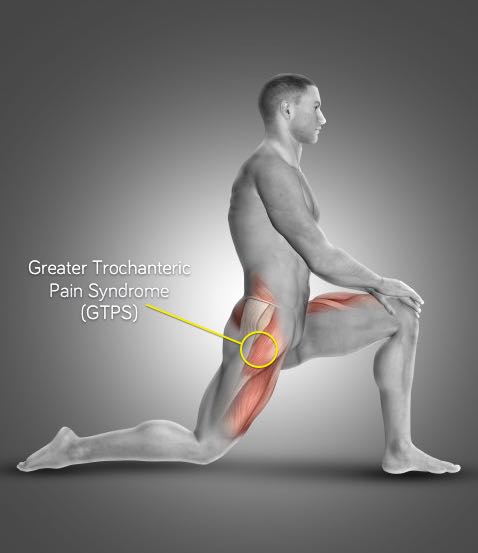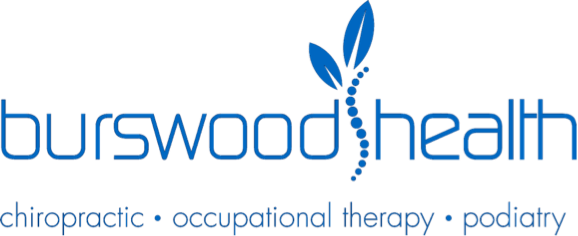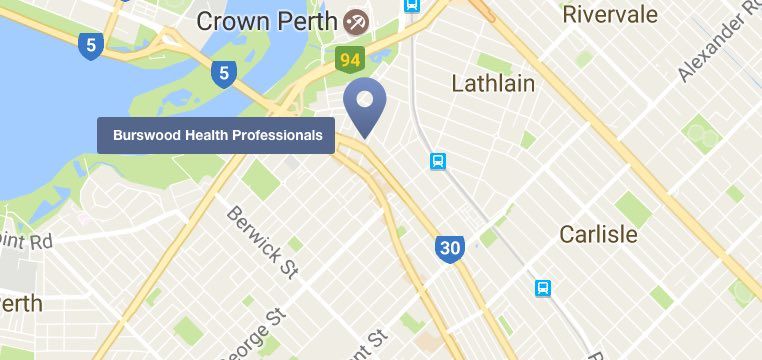Hip Pain
Hip pain can be very debilitating. It can be caused by a problem with the actual hip joint – or the muscles, ligaments and tendons that control and support the joint. Low back and lower limb problems can also cause or contribute to hip pain.
Your hips, pelvis and lumbar spine need to function properly to allow essential movements like walking, running, squatting and bending. Several relatively common conditions can result in hip pain – and most relate to strain, injury, inflammation and joint dysfunction.

Causes of Hip Pain
Most of the common causes of hip pain relate in some degree to faulty biomechanics.
In the early stages, hip pain is often caused by muscle strain, poor joint movement and misalignment.
Understanding the cause of hip pain - and making an accurate diagnosis - is the essential first step in developing an effective treatment plan.
Femoroacetabular impingement (FAI)
Hip joint impingement can occur in active people of all ages. Impingement results from an asymmetrical head of the femur, or a bump in the socket itself which catches during movement. Repetitive impingement can occur with exercise, sport, running and lifting. The pain often increases to the point where a person limps and must stop physical activity. FAI needs to be diagnosed and treated as early as possible. A CT scan is often necessary to accurately diagnose a problematic impingement of the hip.
Labral Tear
There is a ring of cartilage around the hip joint called the labrum. It supports the hip joint - making it deeper, stronger and more stable. The labrum can tear through injury, overuse or degeneration. Symptoms include clicking, catching, locking, stiffness and pain in the hip joint. A proper diagnosis is necessary in order to prescribe the correct treatment program and avoid excessive wear and damage of the hip joint. Magnetic Resonance Imaging (MRI) of the joint is often necessary to accurately diagnose a labral tear.
Muscle Strain
Muscle strain can be mild and due to overstretch of the muscle fibres. It can also be severe and debilitating, involving a complete tear of the muscle. It is important to treat muscle strain as soon as possible. Our aim is to control pain, optimise healing and avoid further strain and damage to the muscle.
Other Pain You Might Feel
Leg Pain
Do you have pain down your leg? Find out what could be the cause of your leg pain.
The powerful hip muscles have a big job to do, and can be easily strained during exercise, lifting or simple activities like gardening. This can result in acute hip pain. If the problem is ongoing, muscle weakness leads to joint dysfunction and misalignment. Chronic joint inflammation needs to be treated to avoid osteoarthritis. Early diagnosis and proper treatment is our number one goal. Our muscle therapy program uses clinically proven and effective methods to diagnose and treat strained and painful muscles.
Greater Trochanteric Pain Syndrome
Greater trochanteric pain syndrome (GTPS) is the term we use to describe chronic pain involving the prominent thigh bone at the upper, outer side of your thigh. Until recently pain in this area was almost always called 'trochanteric bursitis'. We now know that lateral hip pain can include a number of possible underlying conditons including gluteus medius (and gluteus minimus) tendinopathy, gluteal tendon tears and trochanteric bursitis.
GTPS is most commonly found in our ageing population - and more commonly in women. It often is associated with osteoarthritis of the hip joint, as well as biomechanical dysfunction in the hip, lower back, knee and foot regions. The symptoms of greater trochanteric pain syndrome include:
- Lateral hip pain aggravated by laying on the side of involvement
- Tenderness on palpation of the greater trochanter
- Lateral hip pain when using stairs

Advanced imaging studies show that inflammation of the trochanteric bursa is a rather uncommon cause of lateral hip pain which often exists as a secondary finding. Instead, gluteus medius tendinopathy is considered to be the the most likely cause of lateral hip pain resulting in GTPS. This means that anti-inflammatory medication or cortisone will be unhelpful (and possibly harmful). Effective treatment must be aimed at treating the underlying muscular strain or tears and tendinopathy.
Bursitis
Bursitis of the hip is another cause of hip pain. A bursa is a small fluid-filled sac which reduces friction in areas where muscles and tendons run closely over bones. When a bursa becomes inflamed, the condition is called “bursitis”.
If the muscles that run down the side of your thigh or attach to your hip joint are too tight, then that area is more prone to irritation and inflammation. To treat your hip pain, we ensure the hip is aligned and moving properly – and we treat the tight, tense hip muscles that are irritating the bursa. Exercises to stretch and strengthen the hip muscles play an important part in the treatment of bursitis in the hip.
Osteoarthritis
Osteoarthritis is one of the most common types of arthritis which is more likely to develop as you get older. Previous injury, genetic predisposition or chronic strain can result in cartilage breakdown and inflammation. This results in pain, weakness and decreased movement of the hip joint. Pain eventually worsens over time and your ability to walk properly can be drammatically affected. The medical treatment for advanced osteoarthritis of the hip is surgery for hip replacement.
Arthritis is best diagnosed and managed as early as possible. We assess the balance and function of your spine, hips and lower extremities. Joint dysfunction or misalignment is treated and any muscular imbalance is corrected. Soft tissue therapy, cold laser, acupuncture and exercises can be very helpful in easing joint pain and getting as much ‘mileage’ out of your hip joint as possible.
Osteitis Pubis
Osteitis pubis is groin injury that is particularly prevalent in athletes who play sports that involve running and kicking. The overuse of muscles around the pelvis cause stress in the pubic symphysis. The biomechanical and hormonal changes during pregnancy can also result in osteitis pubis. Repeatedly putting pressure on the pubic bones can cause them to degenerate and it is essential that this issue is diagnosed and treated as early as possible.
We look at the overall function of the pelvis, lumbar spine and hips to ensure all joints and muscles are functioning normally. A well-balanced spine and pelvis minimises strain and stress on the pubic symphysis and sacroiliac joints. Specific exercises and correction of any foot imbalance plays an important part in the treatment of any hip or pubic symphysis problem.
Our Team Approach
Treatment at Burswood Health is often based on a multi-disciplinary approach - with our team of chiropractors, occupational therapists and podiatrists working together to improve your body’s alignment, strength and balance.
If you suffer from hip pain, get your chiropractor to thoroughly exam your spine, pelvis and lower extremities. Your ability to walk properly has a strong effect on your cardiovascular health. We need to exercise our heart every day, and if we can't walk properly our overall health and longevity is affected.
Our team works together to keep you mobile, active and pain-free! Once we determine the cause and nature of the problem, we can start the most appropriate treatment. Contact our friendly staff to see how we can help you.


